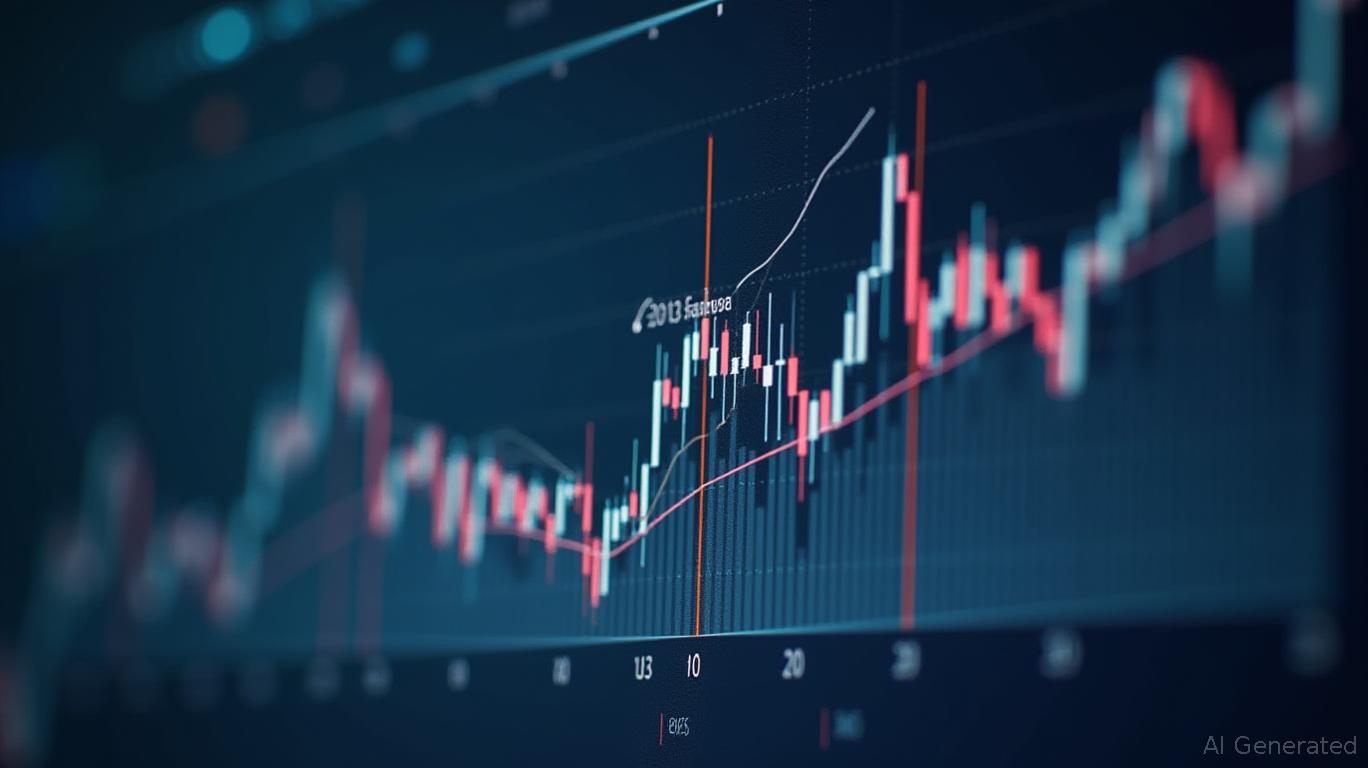AInvest Newsletter
Daily stocks & crypto headlines, free to your inbox
The Federal Reserve's decision to hold rates steady at 4.25%-4.5% in May 2025, despite a historically inverted yield curve, has intensified market debates about the near-term trajectory of equity valuations and sector dynamics. With the 10-2 Year Treasury Yield Spread at -0.47%—a condition that has accurately signaled recessions in the past—the inversion now demands a nuanced approach to portfolio construction. This article dissects how the Fed's policy pause interacts with yield curve dynamics, earnings sentiment, and macroeconomic risks to uncover actionable opportunities in rate-sensitive equities.
The inverted yield curve, where short-term rates exceed long-term rates, has historically preceded economic slowdowns. As of June 2025, the 2-year Treasury yield (4.81%) sits above the 10-year rate (4.36%), creating a -0.45% spread. This inversion reflects market skepticism about the Fed's ability to sustain high rates indefinitely amid weakening growth and inflation easing to 2%.

While the inversion is a reliable recession indicator, its timing remains uncertain. The Fed's pause aims to balance cooling inflation with avoiding a sharp economic contraction. This ambiguity creates a “wait-and-see” environment for investors, favoring sectors insulated from cyclical risks.
The inverted yield curve has already reshaped earnings expectations. Rate-sensitive sectors are bifurcating:
- Growth Stocks: Companies with long-duration cash flows—such as technology, cloud infrastructure, and SaaS businesses—are thriving. Lower long-term rates reduce discount rates, boosting the present value of future earnings.
- Cyclical Sectors: Financials (e.g.,
The divergence is stark: Tech stocks like NVIDIA (NVDA) and Advanced Micro Devices (AMD) have risen 18% year-to-date, while the Industrial Select Sector SPDR Fund (XLI) has dipped 5%.
The Fed's pause and yield curve dynamics require a three-pronged approach:
Historical Context: During the 2007 inversion, tech stocks outperformed industrials by 24% over 12 months. In 2025, the Nasdaq's 11% YTD gain vs. the S&P 500's 4% underscores this trend.
Underweight Rate-Sensitive Cyclical Stocks:
Risks: Financials (e.g., Bank of America (BAC)) face margin pressures as the Fed's pause prolongs the flat yield curve.
Hedge with Defensive Sectors:
The market's pricing of two Fed rate cuts by year-end—driven by weak May ISM Services data and subdued job growth—creates opportunities to position for a potential easing cycle.
Small-caps, which historically correlate inversely with bond yields, could rebound if the Fed delivers cuts. However, investors should prioritize quality over valuation, focusing on companies with pricing power or recurring revenue models.
The Fed's pause has created a paradoxical market: stocks are pricing in recession risks, yet the yield curve's inversion is not yet at crisis levels. Investors must balance defensive positioning with selective exposure to growth and innovation. Monitor two key triggers:
1. Fed Policy: A July or September rate cut would lift cyclicals and small-caps, while reinforcing growth leadership.
2. Inflation Data: A sustained drop below 2% could normalize the yield curve, reducing sector volatility.
In this environment, the playbook is clear: rotate into tech and innovation leaders, hedge with utilities, and avoid overexposure to rate-sensitive sectors. The yield curve's message is loud, but its timing remains uncertain—stay nimble.
Daily stocks & crypto headlines, free to your inbox
Comments
No comments yet